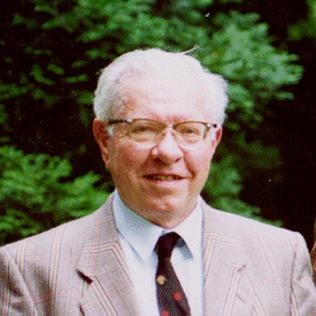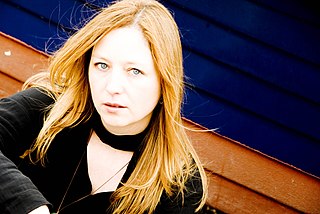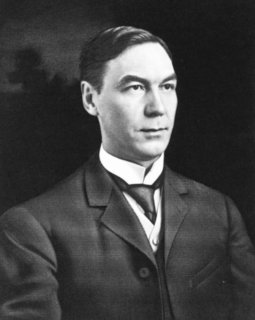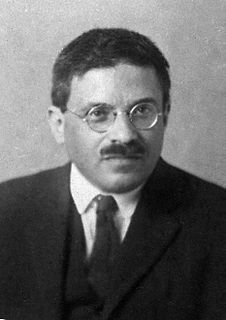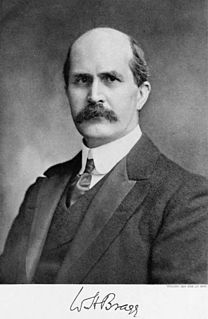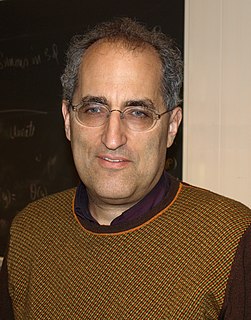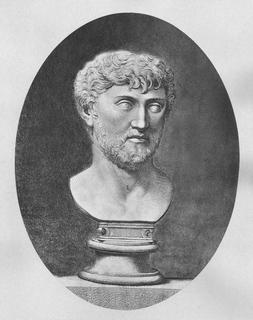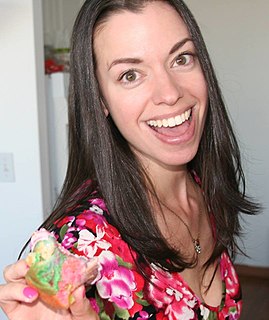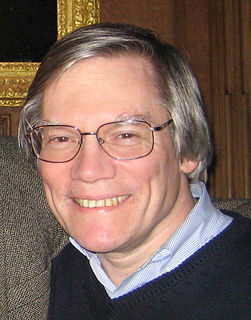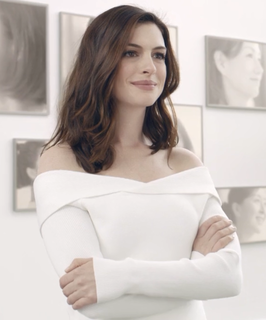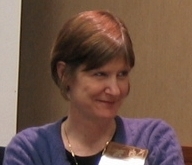A Quote by Fred Hoyle
There are many ways of knocking electrons out of atoms. The simplest is to rub two surfaces together.
Related Quotes
So if we're all quarks and electrons ..." he begins. What?" We could make love and it would be nothing more than quarks and electrons rubbing together." Better than that," I say. "Nothing really 'rubs together' in the microscopic world. Matter never really touches other matter, so we could make love without any of our atoms touching at all. Remember that electrons sit on the outside of atoms, repelling other electrons. So we could make love and actually repel each other at the same time.
The Universal mind is not only intelligence, but it is substance, and this substance is the attractive force which brings electrons together by the law of attraction so they form atoms; the atoms in turn are brought together by the same law and form molecules; molecules take objective forms and so we find that the law is the creative force behind every manifestation, not only of atoms, but of worlds, of the universe, of everything of which the imagination can form any conception.
Certainly it was no design of the atoms to place themselves in a particular order, nor did they decide what motions each should have. But atoms were struck with blows in many ways and carried along by their own weight from infinite times up to the present. They have been accustomed to move and to meet in all manner of ways. For this reason, it came to pass that being spread abroad through a vast time and trying every sort of combination and motion, at length those come together that produce great things, like earth and sea and sky and the generation of living creatures.
If you bang two electrons together with enough energy, you produce protons. If there are no independent laws, then all the properties of protons must somehow be 'known' by the electrons. By extension, every elementary particle must carry around enough information to produce the entire universe. I find that difficult to believe.
The orthodox view of colour experience assumes that, when we see a colour difference between two surfaces viewed side-by-side, this is because we have different responses to each of the two surfaces viewed singly. Since we can detect colour differences between something like ten million different surfaces, this implies that we are capable of ten million colour responses to surfaces viewed singly.
